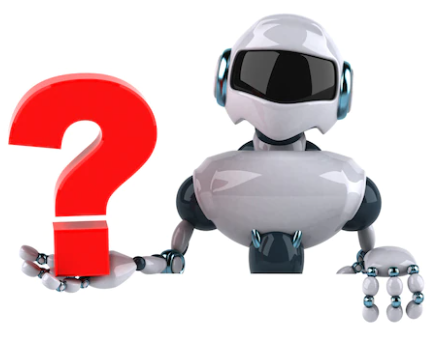
La automatización, con la consecuente intervención de robots cada vez más desarrollados en el ámbito laboral, fue históricamente percibida como una amenaza para los trabajadores. Sin embargo, en la medida que la inteligencia artificial (IA) alcanza mayores niveles de madurez, la balanza muestra una inclinación positiva: se crean más puestos de trabajo de los que se reemplazan. Concretamente, el Foro Económico Mundial estimó en 2020 que la IA y las nuevas tecnologías sustituirán 85 millones de trabajadores para 2025 pero, para esa misma fecha, habrán creado unas 97 millones de nuevas vacantes.
Analistas de datos, expertos en IA y machine learning, directores de operaciones, desarrolladores especializados, creadores de experiencias, científicos de datos y constructores de datos sintéticos son apenas algunos de los cargos cuya demanda va en continua alza y que hasta hace apenas unos años ni siquiera existían.
Pero no solo eso: la IA también está impulsando los puestos de trabajo híbrido, que llevan a los humanos y a las máquinas a trabajar de manera colaborativa: mientras el software se ocupa de las tareas repetitivas que requieren enorme velocidad y precisión de cálculo sin cometer ni un error y se ocupa de tareas potencialmente peligrosas (como mover cajas pesadas o reparar maquinaria riesgosa), las personas se concentran en las tareas de mayor valor agregado.
Los métodos de interacción entre los humanos y la IA pueden clasificarse en distintas categorías. La primera, cuando la tecnología asiste a la persona: le proporciona indicaciones para que pueda mejorar su trabajo, le ayuda a priorizar actividades o le completa aquellas que ya están iniciadas. La segunda involucra tareas que la IA resuelve por sí sola pero que requieren de un control humano. La tercera se produce cuando la IA ya se dedica a completar el trabajo, pero requiere de la “ayuda” humana en casos que exceden el entrenamiento, como puede suceder con la aprobación de estudios médicos.
Manuel Allegue – 19 de agosto del 2022


